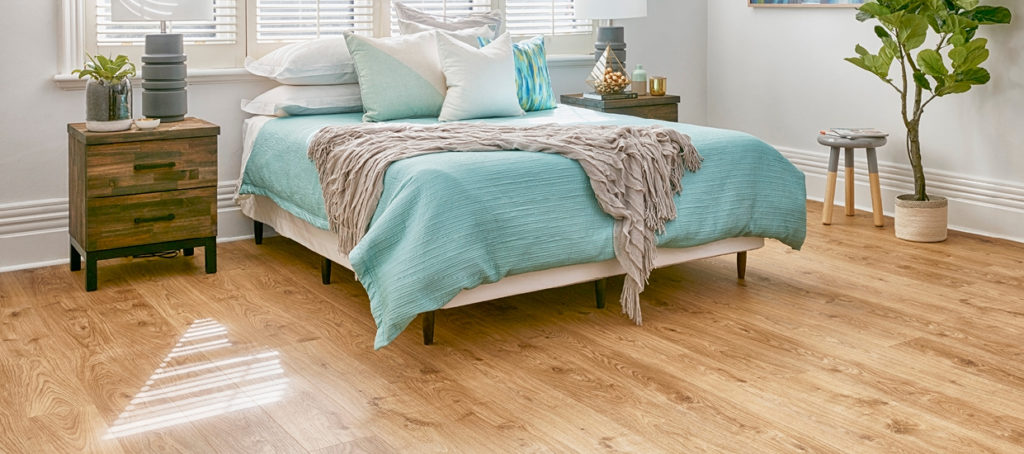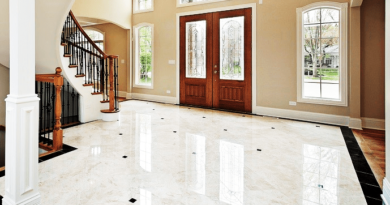RESILIENT FLOORING | An Architect Explains
Resilient flooring is essentially flooring made with materials that are elastic. Commonly used resilient materials are Linoleum, Vinyl, Rubber and Carpet. They are highly durable, more affordable than other flooring materials and useful for noise reduction. Resilient flooring materials are also great for people who are on their feet for long periods of time, because the slight give of the flooring reduces shock on the legs, feet and back. So they are commonly used in commercial spaces and public spaces like schools.

WHY HAVE I REVIEWED RESILIENT FLOORING MATERIALS?
Each type of resilient material has it’s own advantages and disadvantages. But which one is the best, in a given situation? As an Architect, I have been requested by my clients to help them make that decision. So here, I have reviewed the commonly used resilient flooring materials and suggested where they are most suitable.
RESILIENT FLOORING:
Linoleum Flooring:
Vinyl (PVC) Flooring:
Rubber Flooring:
SOFT COVERING:
Carpet:
For information on other flooring options, go to:
READ MORE:
In order to get a rough idea of the suitability of a particular flooring for your requirement and to make a fair comparison of the different types of flooring, refer to an Architect’s rating of the various kinds of flooring on my blog: House construction in India
If you found this post useful, all it takes is a simple click on the “pin it” “like,” “share,” “tweet,” or Google+ buttons below the post. Thank you!





Hi I want to connect with one of your architect.
Your given valuable information in this site thank you soo much
Hi Raghavendra,
Thank you for your appreciation.
Admin
in my house, some of my rooms are low top ceiling. is i ok for vasthu sastra.
Hi Sundararajan,
The main disadvantage of having a low ceiling in a room is that, the volume of air is less and so the ventilation is not as effective as a room with high ceiling. In hotter climates like In India, it is preferable to have high ceilings to enable hot air to rise which will force cool air to rush in through the windows. So if the rooms with the low ceilings feel stuffy in your house, use them for store rooms, guest rooms etc, that are less frequently used.
Admin